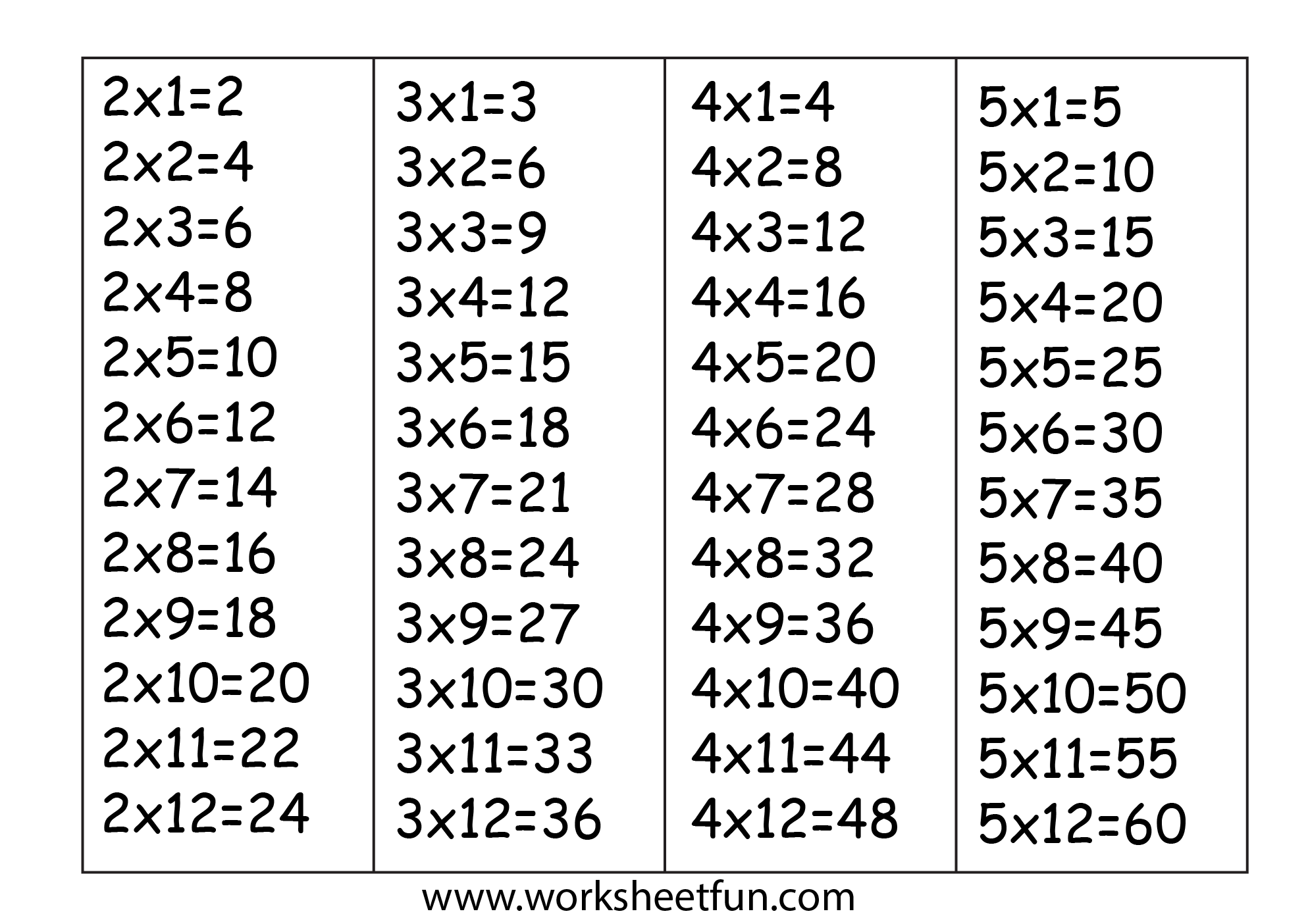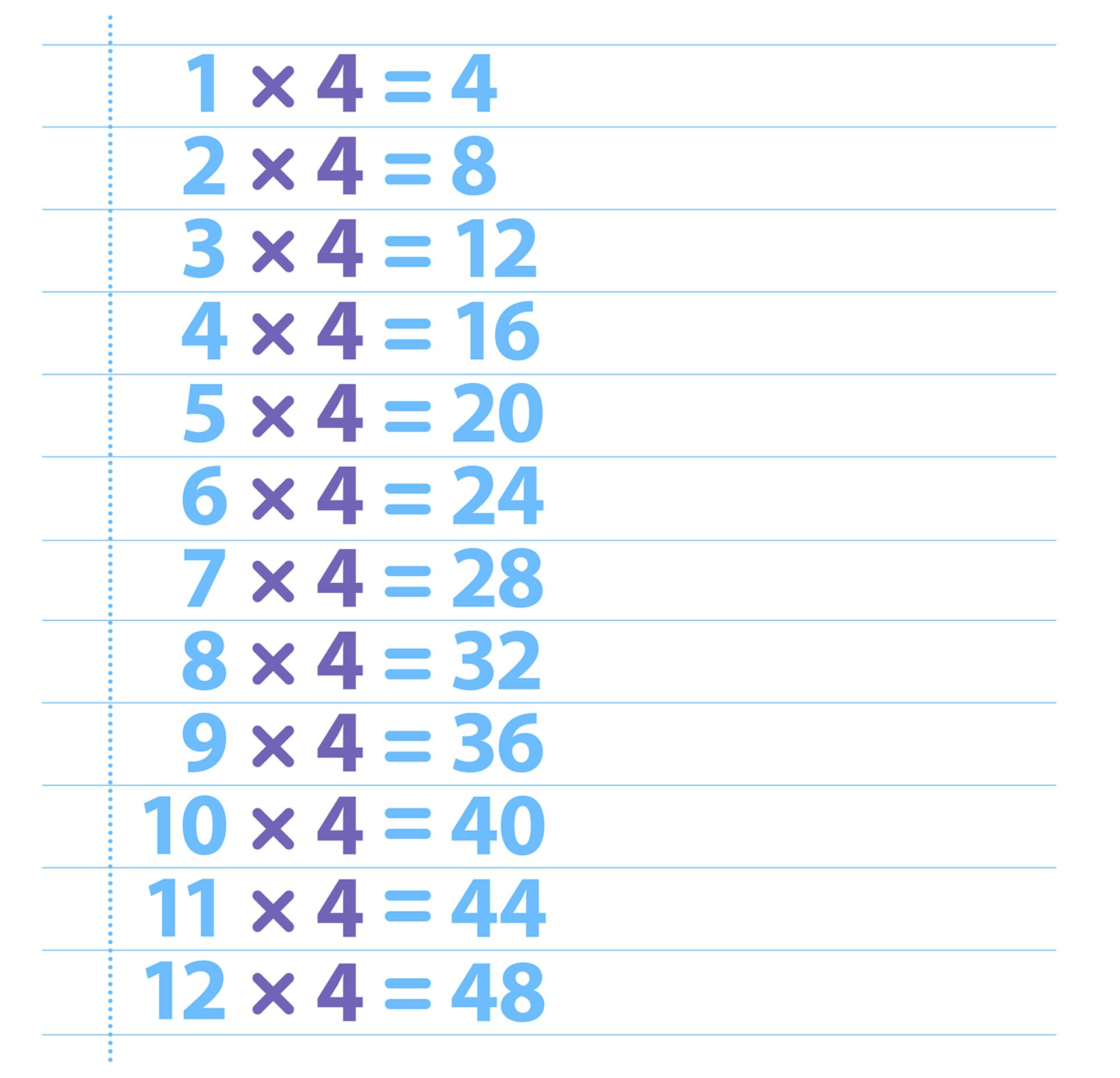

Students have to remember a lot of numbers when looking at a multiplication chart. Every time students increase what nine is multiplied with, the tens column of the solution increases by one, while the ones column decreases by one. The second tip works for the first ten multiples of nine.

Multiplying by nine is the same as multiplying by ten and then subtracting the other number: 9 × 5 = 45 The nine multiplication table seems hard to learn, but there are two tips that can make them simple. Tips for the 8 times tableĭouble, double, and then double again! 8 × 8 = 64 8 + 8 = 16 → 16 + 16 = 32 → 32 + 32 = 64 Tips for the 9 times table Now your students have another memory trick to help them through their seven times tables. The solution for seven times eight is like counting upwards: 5-6-7-8 7 × 8 = 56 Here is a handy trick for seven times eight.


Odd numbers multiplied by five are going to end with a five, while even numbers multiplied by five will end with a zero. Teach students that the five times table always follows the pattern of ending with: 5, 0, 5, 0, 5, 0. Tips for the 5 times tableįive is one of the easiest multiplication tables to master. It’s not the most clever trick, but it works! 8 × 4 becomes 8 + 8 = 16 → 16 +16 = 32. When a number is multiplied by four, double it and then double it again. Teach your students the pattern of the three multiplication table as if it were a phone number, (369) 258-1470. For example, numbers that end with a nine that are then multiplied by three are going to then become a number that ends with a seven. If students can remember this order they will at least know what the last digit of any multiplication of three is. The last digits in both groups are the same: 3, 6, 9, 2, 5, 8, 1, 4, 7, 0. The last digit of these multiples always repeat, which means that students can remember these digits to help them with the three multiplication tables. Three doesn’t have any rules that make its multiplication table easy to memorize, but there is a pattern for every ten multiples of three: 3, 6, 9, 12, 15, 18, 21, 24, 27, 30


 0 kommentar(er)
0 kommentar(er)
